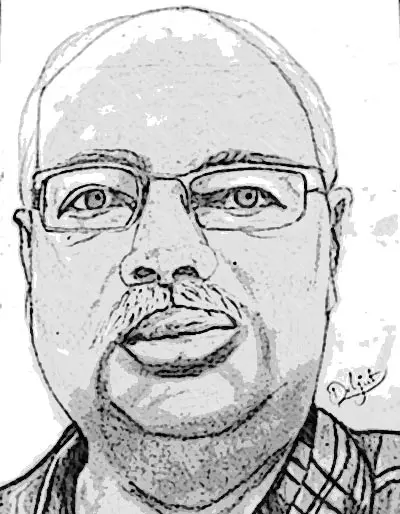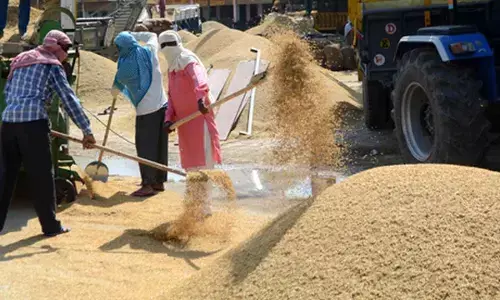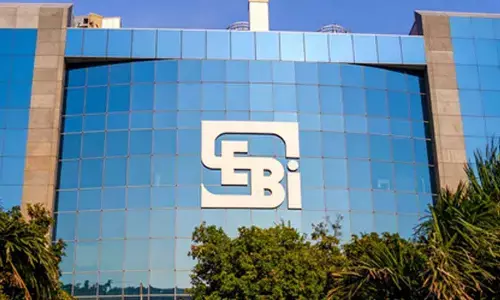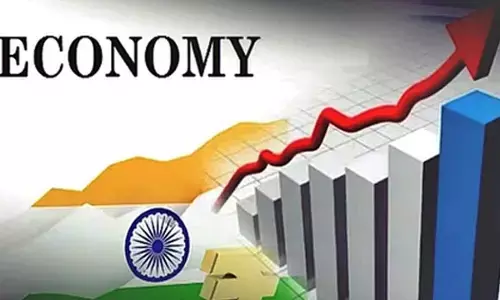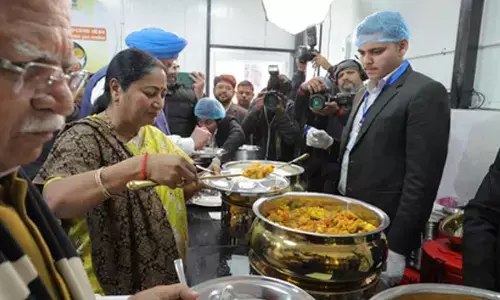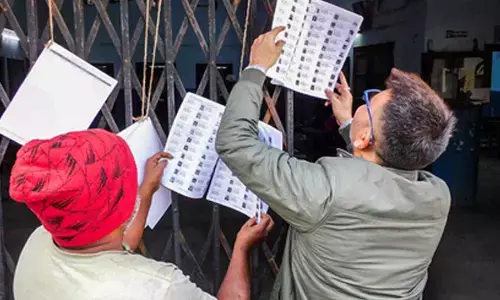Bhupendra defeats Narendra
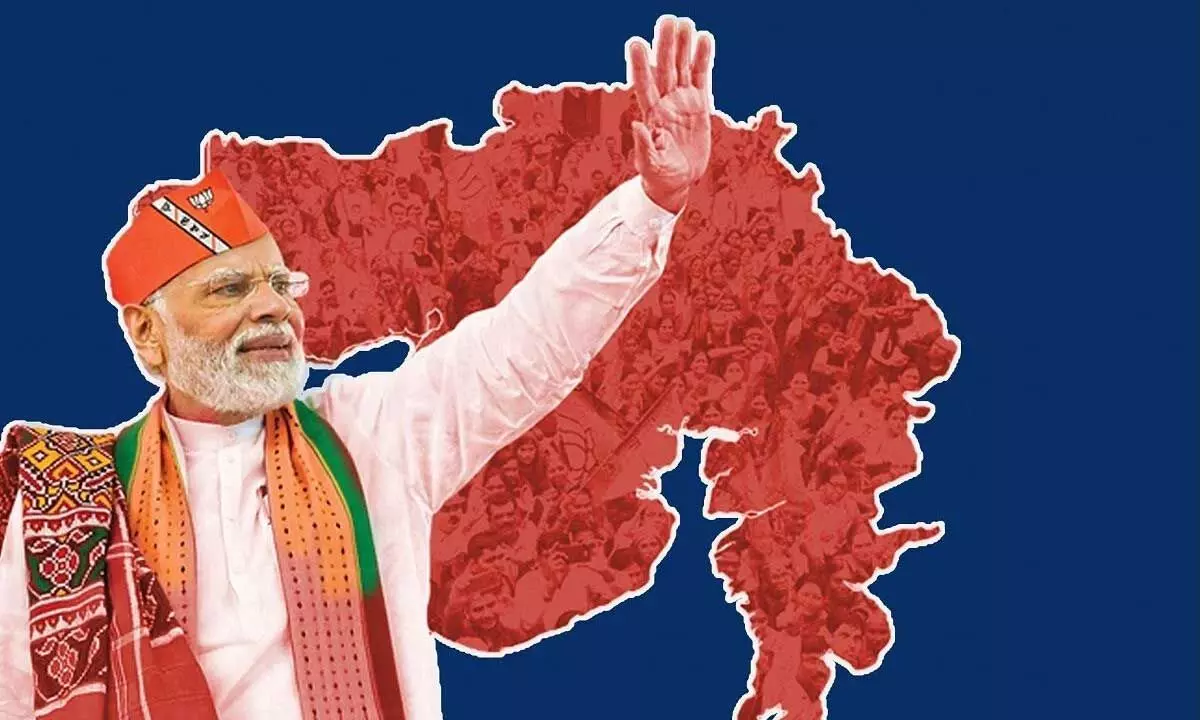
PM Narendra Modi
For the first time BJP increased its tally of seats in Gujarat to 156 out of 182 recording, winning highest number of seats in the electoral history. The CM Bhupendra Patel got majority of over two lakh votes which even Narendra Modi could not get during his tenure as CM
A cursory look and analysis of the results of Gujarat and HP elections as well as the bypoll results in Bihar and UP show that the results have thrown up contrast results. BJP got resounding victory in Gujarat, Congress got clear victory in Himachal and AAP fell below expectations in both Gujarat and Himachal.
For the first time BJP increased its tally of seats in Gujarat to 156 out of 182 recording, winning highest number of seats in the electoral history. Despite being in power for 27 years, most of the candidates won by huge margins. The CM Bhupendra Patel got majority of over two lakh votes which even Narendra Modi could not get during his tenure as CM. That is why Modi commented Bhupendra defeated Narendra. Only 15 of the 157 seats it won were closely contested (with a victory margin inferior to 5%).
By contrast, Congress performance was worst ever. Till 1990s Congress party used to dominate politics in Gujarat despite its trademark infighting. The party from being a strong contender till 1995 became a party struggling for survival. The only time it made the BJP spend sleepless nights was in 2017 when there was strong resentment in Gujarat over GST, particularly in Rajkot and Surat areas and the state was rocked by Patidar movement. Still BJP managed to come back to power.
This time too, there was anti-incumbency factor. There were allegations of corruption in administration particularly in municipalities.
The collapse of Morbi bridge which claimed over 130 lives came as a big jolt to BJP. This triggered fresh hopes in Congress circles. The release of Bilkis Bano accused under the government's remission policy after serving 14 years in prison would help them during the polls .
But compared to 2017 assembly elections when Congress emerged as number one party in Saurashtra, this time it got washed out and could manage to win only three seats. It lost 60 seats where it had won last time. The only place where it has some presence was in North Gujarat.
AAPs performance is a mixed bag. The party got only 13 % vote share and won five seats well below what it had hoped and campaigned for. It appeared as if AAP factor was over emphasised in Gujarat.
AAP candidates lost their deposit in 127 of the 181 seats it contested. Their presence was felt only in Northern and central Gujarat. Congress' defeat cannot, therefore, be solely attributed to AAP's entry as a third party in an otherwise bipolar state. Congress' losses and AAP's gains are identical in Saurashtra and in south Gujarat.
The fact that Congress' leadership chose to focus on the Bharat Jodo Yatra and skipped the Gujarat election altogether combined with local factors contributed to its collapse. The AICC president Mallikarjun Kharge defended the decimation of the Congress saying that in a democracy winning and losing is part of game and they will wait till next elections. But Kharge must understand that the party has been waiting and doing nothing to bounce back since 2014.
All this is the general analysis of the poll results. But what one needs to ponder over is why is it that BJP had a clean sweep though it had changed three chief ministers and had fielded 46 new faces. Interestingly, of the 46 new faces 44 had won the polls. Another important factor is that the BJP which had to face heavy criticism from Congress regarding the Bilkis Bano case won 14 out of 19 seats in Muslim dominated areas with a strike rate of 74%. Even in Adivasi areas BJP had won 25 seats while Congress could get only 3 and AAP 1. Two other communities, Chaudhary and Koli communities also chose to go with BJP.
Similarly, the saffron party which is known as urban party, bagged 84 out of 104 seats in rural areas. In 2017 it had won only 40 seats. Here too the strike rate was 82%. Another important factor is that there were about 11 rebel leaders, still BJP won all those seats.
Now the big question is why only Modi model worked in Gujarat and why people rejected AAP model? Apparently, Gujarati's rejected Arvind Kejriwal's freebies. By nature, Gujarati's are hardworking people, entrepreneurs and have high dignity of labour. When Modi in one of his speeches advocated street food vending by youth as a startup, many regional party leaders and Congress pounced on him saying that Modi wants youth to sell pakora's. But they perhaps do not know that there are any number of pakorawalahs in Gujarat who make good earning which even a highly paid white collared techie would not earn.
Just to quote an example, there is a street food vendor in Mandvi of Kutch district. He is famous for preparing Dabeli (kutchi dabeli made of bread stuffed with potato and other ingredients and is a very popular snack food. This handcart seller comes at 5.30 pm and people queue up for his stuff. He finds mention on twitter and instagram by those who tasted his stuff. He is known to be little eccentric. Sometimes he refuses to prepare the snack but still his customer base keeps growing and people wait for him to arrive. He does not have to pay GST but he earns a lot and leads good life.
In Ahmedabad, there is a place in the heart of the city which is famous for quality street food. All bandiwallahs (hand cart and pushcart sellers.) They sell all kinds of food stuff from typical Gujarati delicacies to chole bhature, puri sabji, samosa ragda, tikky ragada, pani puri and what not. In the same market one would find women who are over 60 years of age gracefully dressed selling homemade snacks at very reasonable rates. They are in the market till 10 pm. That is the level of dignity of labour they have. Hence, the Kejriwal model of freebies did not work there,
What the regional party leaders, who are in aggressive mode to attack Modi who calls freebies as revadies, should understand one thing that freebies cannot be a sustainable economic model for the country. Kejriwal might have succeeded in Delhi with his model because it is a very small place and the culture of Delhi is different. But it cannot be a model for the country. Another important factor is that there is no Madhushala (liquor sales) in Gujarat. Still the revenue generation is high and inflation levels are low. In terms of development, while the government has gone into fast track mode and in last five years focused on infrastructural development like six lane flyovers in the city of Ahmedabad, remodeling of important towns like Rajkot and Surat which are the business hubs and mastered the art of converting ruins of earth quake into revenue earning places by making them as them as tourist spots with all amenities. They see money even in sand. This being the situation they don't bother about quick fix solutions like freebies.
All this sends one message clear to the opposition parties. It's time to get back to Parliament and discuss issues and stand by people rather than taking fancy for hearing their own voices on the streets. Acts like Bharat Jodo which was a golden opportunity to connect with people seems to have lost its objective and theatrics like playing football by Rahul Gandhi on streets did not help in winning over the people.
But then the BJP should now start worrying more. It is not so easy to sustain the popularity as it has raised the bar of expectations and aspirations of the people. Secondly, the saffron party needs to develop second line leadership who can have similar charisma as Narendra Modi in the state. Modi cannot be the face of Gujarat forever.

